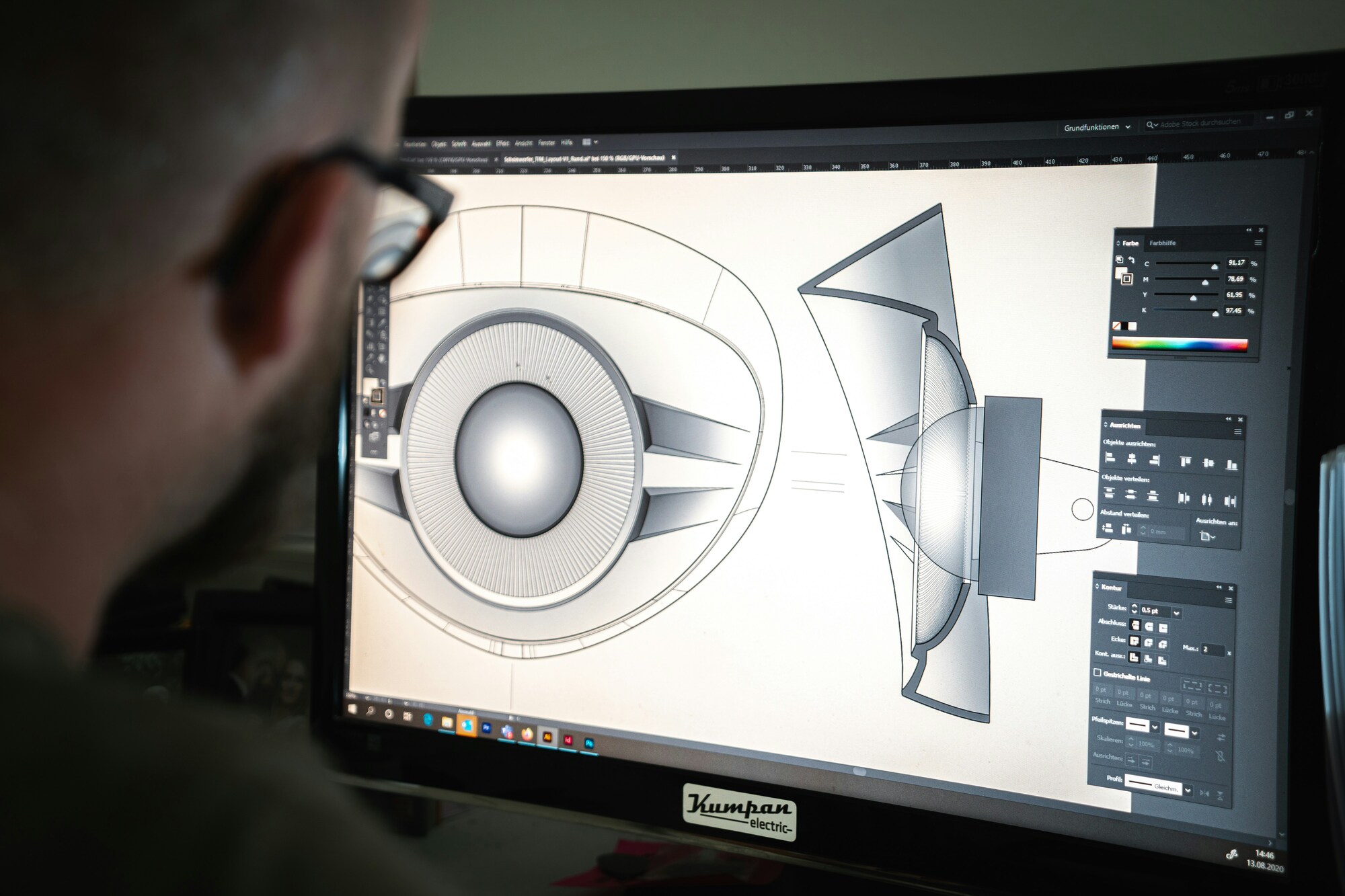As the field of 3D modeling evolves, two prominent techniques have emerged: high poly and low poly modeling. Understanding the differences between these approaches is crucial for achieving desired outcomes, considering factors like performance and storage space.
What Is a Polygon in Mesh? High Poly Modeling and Geometry
In 3D modeling, a polygon is a flat shape with three or more sides used to create a mesh. Poly count denotes the number of polygons in a 3D object. High poly models can have over a million polygons, offering intricate details and surface textures. While these models provide realism, they demand significant memory and processing power, making them suitable for pre-rendered animation and film.
What is Low Poly 3D Modeling?
Low-poly modeling involves creating 3D models with fewer polygons. Typically used in video games and real-time applications, low-poly models demand less processing power and memory. To create such models, artists reduce unnecessary details while retaining overall shape and form. This approach is efficient for various applications, including architecture and product design.
Differentiating Between High Poly And Low Poly Models
High Poly Models:
- Have intricate details and smooth surfaces, suitable for close-up shots.
- Require more time to render and higher computing power.
Low Poly Models:
- Feature fewer details and more blocky, angular shapes, suitable for simpler animations or games.
- Are easier to work with, demanding less computing power and rendering faster.
Advantages Of High And Low Poly Modeling
High Poly Modeling:
- Allows for detailed and accurate representation.
- Ideal for visuals demanding high levels of detail.
Low Poly Modeling:
- Optimizes polygon budget, beneficial for mobile games or VR.
- Streamlined design reduces rendering times and facilitates easier retopology.
Conclusion
High poly and low poly modeling serve distinct purposes, catering to different needs in the digital world. The choice between them depends on factors such as intended use, desired detail level, and computing resources. As technology advances, considerations for photorealistic representations and immersive experiences play a significant role in selecting the appropriate modeling technique.
Ultimately, the decision between low poly and high-poly modeling relies on the specific requirements of the project and the preferences of the modeler or designer.


